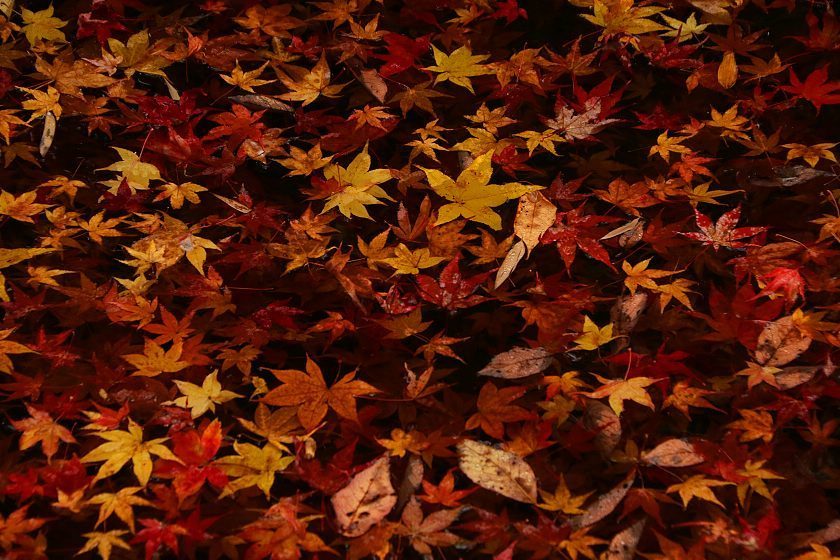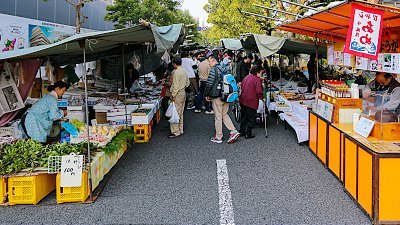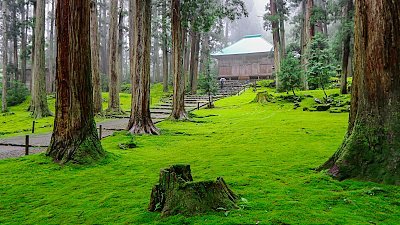Five great books from the feudal era
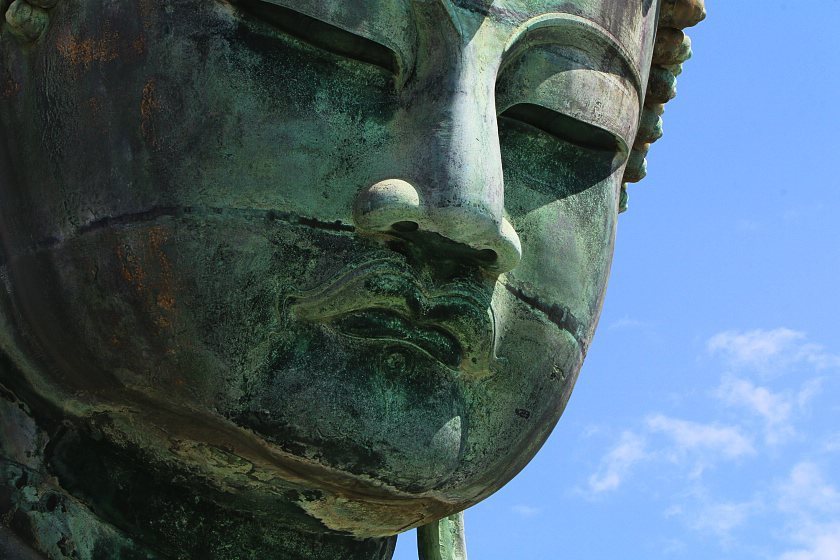
In contrast to the largely peaceful Nara and Heian Periods, Japan's feudal era from 1185 to 1600 was a time constantly beset by war, political upheaval and natural disasters. Such calamities proved fertile ground for literature, leading not only to gripping accounts of warfare but also profound meditations on the uncertainty and impermanence of worldly matters. Following on from my look at some of the most fascinating books from the Classical Period, here are my top five recommendations from Japan's dramatic feudal era:
Heike Monogatari
The proud do not endure, they are like a dream on a spring night; the mighty fall at last, they are dust before the wind
Chronicling the rise and fall of the Taira clan, Heike Monogatari is a highly romanticized epic packed with palace intrigue, prophetic dreams and heroic combat. As literature the text can be quite uneven, but it is elevated by a number of especially resonant passages, many of which would later become popular themes in Kabuki theater and woodblock prints.
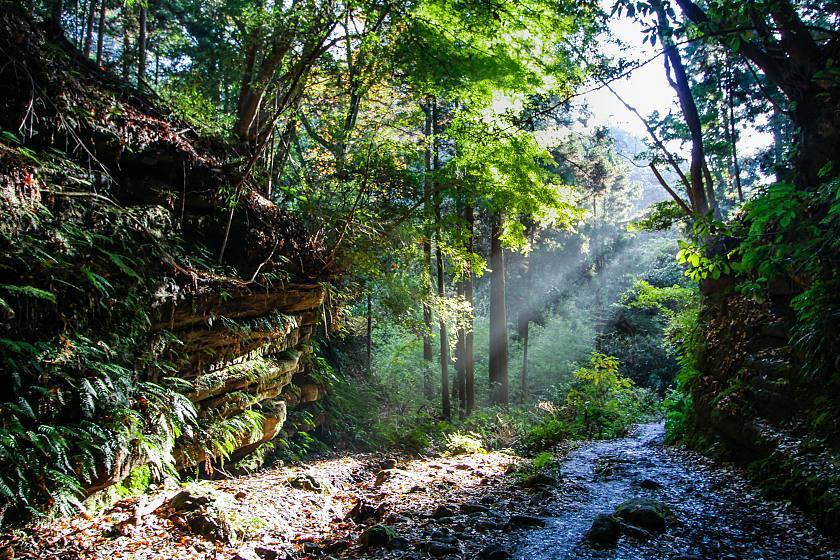
Hojoki
I love my tiny hut, my lonely dwelling. When I chance to go down into the capital, I am ashamed of my lowly beggar status, but once back here again I pity those who chase after the sordid rewards of the world
After failing to inherit his father's position at the Shimogamo Shrine in Kyoto, the poet Chomei chose to turn his back on the world and live alone in the mountains. In this short but moving work, he describes some of the calamities of the period and contrasts them with his own life of peaceful solitude.
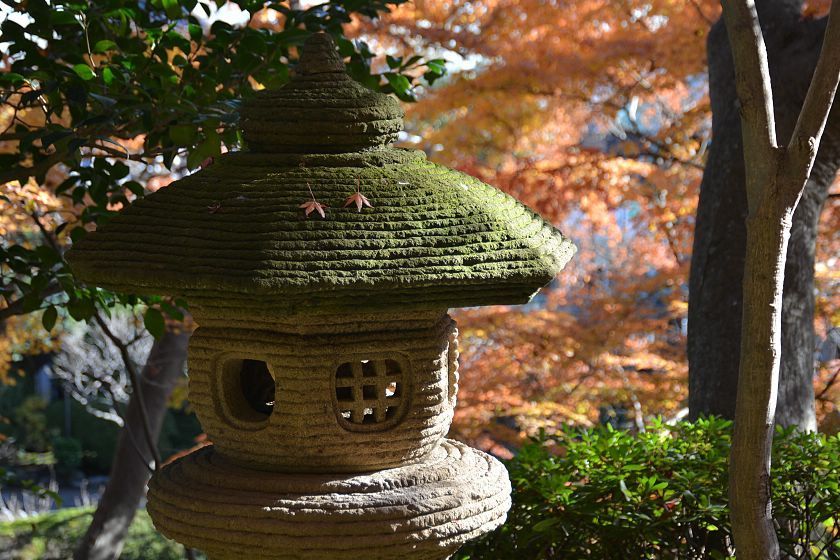
Taiheiki
For more than forty years have beacon fires veiled the skies, and warring shouts made the earth to tremble
An historical epic on a grand scale, the Taiheiki or "great pacification" covers the period of war between the northern court of shogun Ashikaga Takauji and the southern court of emperor Go-Daigo. Despite a level of cultural impact comparable to the Tale of Genji, Taiheiki has never been widely read outside of Japan and only twelve of its forty chapters are currently available in translation. Like many war chronicles, its barrage of warrior names and lack of fleshed-out characters can make it a challenging read, but its impressive level of historical detail and a few wonderfully written passages make it well worth the effort.
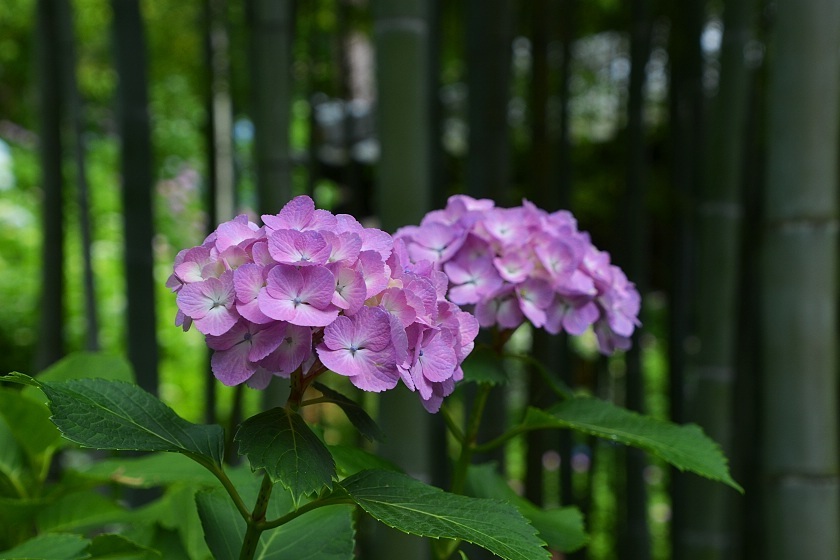
Essays in Idleness
It is a most wonderful comfort to sit alone beneath a lamp, book spread before you, and commune with someone from the past whom you have never met
Written by the poet and Buddhist monk Yoshida Kenko, this lively book in the zuihitsu or miscellany genre is packed with the author's thoughtful and often eccentric pronouncements on life, love, nature and aesthetics. Despite a generally fatalistic attitude, Kenko is never gloomy and always fun and engaging to read. The book gained considerable popularity in the centuries after his death, and his ideas about impermanence strongly influenced the "floating world" aesthetic popular in the Edo Period.
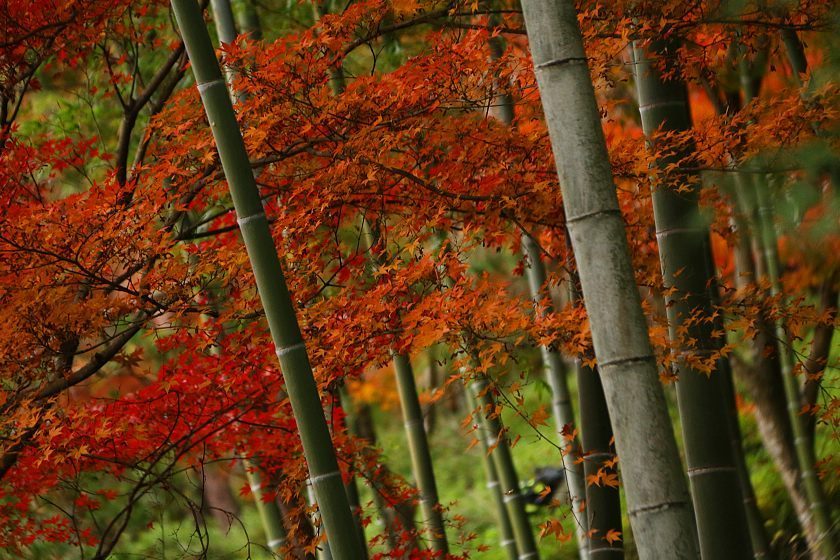
The Confessions of Lady Nijo
That all my dreams might not prove empty, I have been writing this useless account – though I doubt it will long survive me
Literally translated as "the un-asked for tale", the confessions is an extraordinary coda for the genre of court diary covering thirty years of the author's life, from entering the imperial court as a teenager to her later wanderings as a Buddhist nun. Far franker in tone than earlier diaries in its account of scandal, indiscretion and her own exploitation by powerful men, Lady Nijo's diary captures a sense of the court in decline, and her own yearnings for a more meaningful life.
